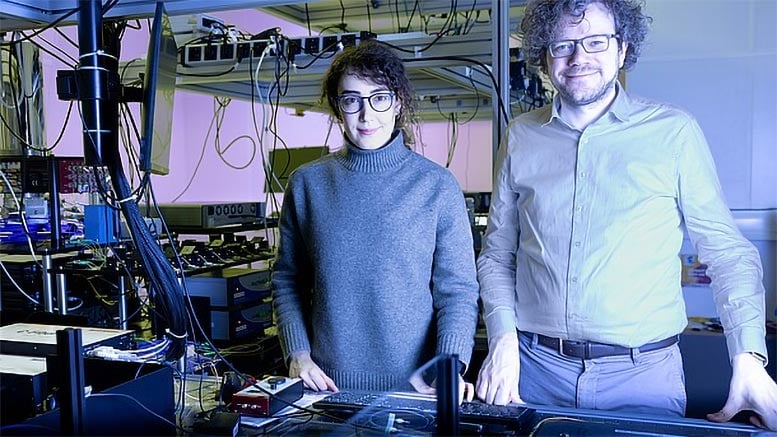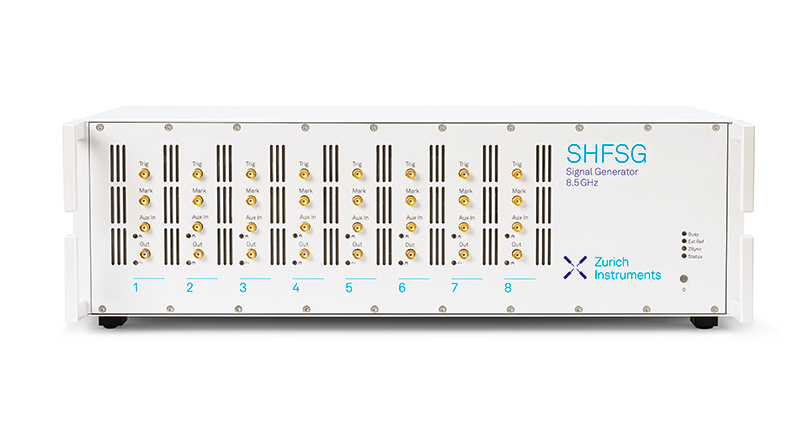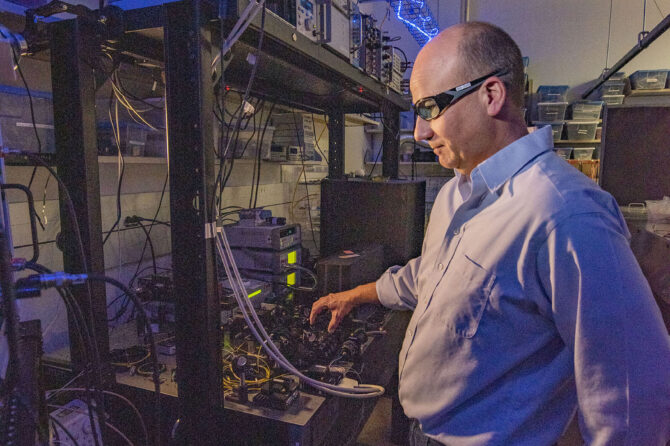Traditional encryption methods face an unprecedented challenge from the rise of quantum computers, which could potentially break current security protocols. In response to this threat, researchers at Leibniz University Hannover have developed an innovative solution using frequency-bin coding for quantum networks, marking a significant advancement in the field of secure communication.
The research team at the Institute of Photonics, led by Prof. Dr. Michael Kues, has pioneered a method that employs different light frequencies to encode quantum information. This breakthrough represents a more efficient and cost-effective approach to implementing quantum key distribution (QKD), a crucial component of quantum networks.
The new frequency-based system offers several distinct advantages over traditional methods. Most notably, it demonstrates superior resilience against environmental interference such as temperature fluctuations and mechanical vibrations in optical fibers. This robustness ensures more reliable key transmission across the network. Additionally, the simplified process significantly reduces implementation costs and complexity.
A key technical innovation in their approach is the use of frequency-to-time transfer, which allows the measurement of quantum states using a single detector instead of the traditional four highly sensitive photon detectors. This modification has resulted in a dramatic reduction in equipment costs, bringing the price of standard telecommunications components down from approximately 100,000 euros to just 25,000 euros. Beyond cost savings, this streamlined design also enhances security by reducing vulnerability to detector-based attacks.
The system’s efficiency is further enhanced through adaptive frequency division multiplexing, which enables simultaneous operation across multiple channels. This feature allows the quantum network to dynamically adjust its performance based on current demand, optimizing resource utilization without requiring additional hardware. The result is a more scalable system that can accommodate multiple users while maintaining high security standards.
Looking toward practical applications, this technology shows particular promise for securing critical infrastructure in sectors such as banking and healthcare. The ability to scale quantum networks while minimizing resource consumption represents a crucial step toward implementing quantum internet infrastructure on a global scale.
The research team emphasizes the importance of continued investigation into nanophotonics and quantum optics interactions. These areas of study are essential for developing new methods and components capable of generating diverse quantum states, which are necessary for multidimensional quantum information coding.
The implications of this research extend beyond immediate security concerns. As Prof. Kues notes, quantum networks promise to revolutionize connectivity, capacity, range, and security in future communication systems. This breakthrough in frequency-bin coding represents a significant step toward realizing that promise, offering a more practical path to implementing quantum internet infrastructure.
Reference: “Frequency-bin-encoded entanglement-based quantum key distribution in a reconfigurable frequency-multiplexed network” by Anahita Khodadad Kashi, and Michael Kues, 16 January 2025, Light: Science & Applications.
DOI: 10.1038/s41377-024-01696-8




